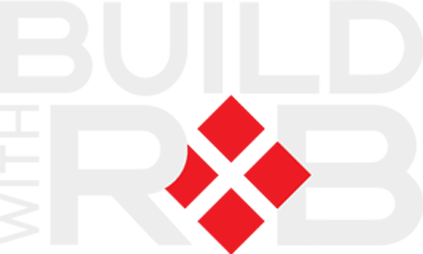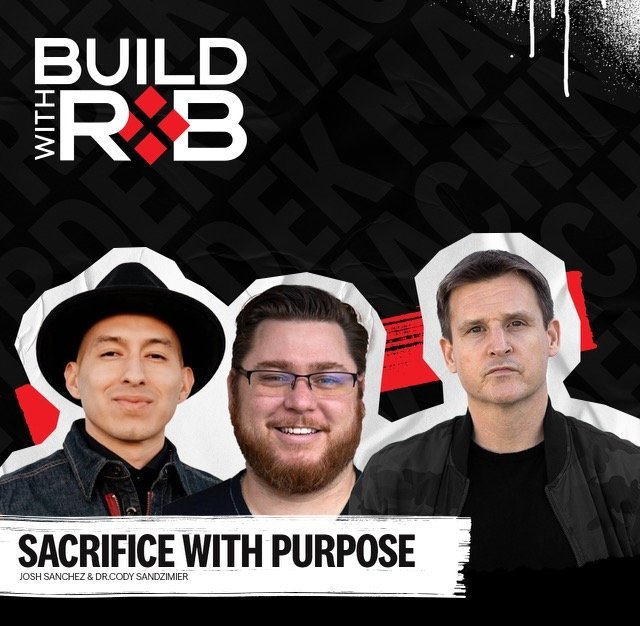
It’s one thing to go into a new venture with optimism and hope that hard work will pay off. But it’s a whole other level to design the life outcomes you want, then the business outcomes you need to achieve that, and only then design your business backwards systematically in order to reach that goal. It’s important to figure out things like how much time you want to spend working when the business reaches maturity, as it is unsustainable to burn the candle at both ends in perpetuity. You must decide what role you want to play that will give you the most energy, and then build around that with people who will take on the energy-draining roles. It’s all possible with the right design in place.


 Dr Cody Sandzimier and Josh Sanchez are aspiring Do-Or-Diers
Dr Cody Sandzimier and Josh Sanchez are aspiring Do-Or-Diers
We’ve got Dr. Cody Sandzimier on the show today, a chiropractor who realized there was no silent timer with only visuals on the market after he realized the need in his practice. He invented The Loop Timer, which uses an aesthetically pleasing blue LED ring to show you when time is up without all the beeps and chirps. Rob encourages him to scale it to a point where he can hire someone to run it and look to keep it as a sustainable business that creates a good chunk of supplementary income. The good doctor asks when the right time to invest in scaling a team is, and wants to know more about how Rob created his life operating plan.
Josh Sanchez thought he should be able to get in a full workout in the middle of a hike, but the options weren’t out there. He created NativFit, a band-based gym that fits in a backpack. Rob wants him to focus more on the full value proposition the product is delivering and thus hone in on their core consumer. Josh wants to know if Rob would continue direct-to-consumer or target retail. He also wants to know if all the sacrifice for the business is worth it in the end?
 BUILD WITH ROB
BUILD WITH ROB

